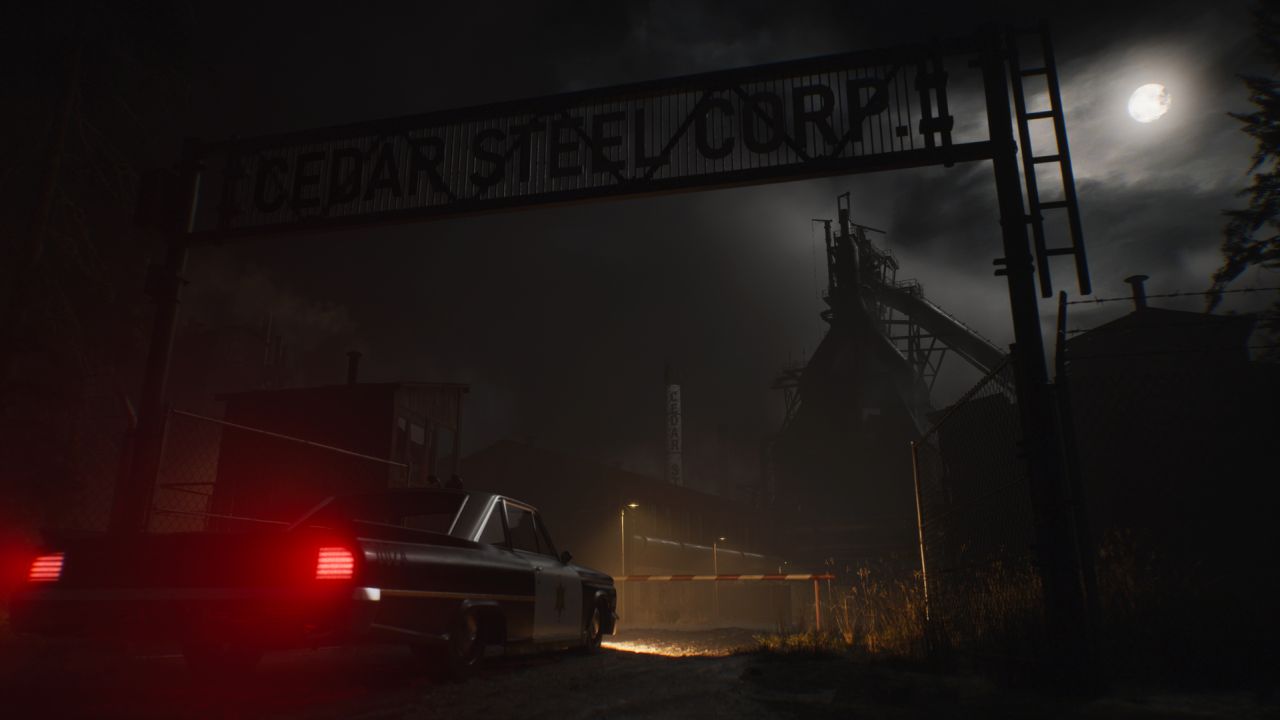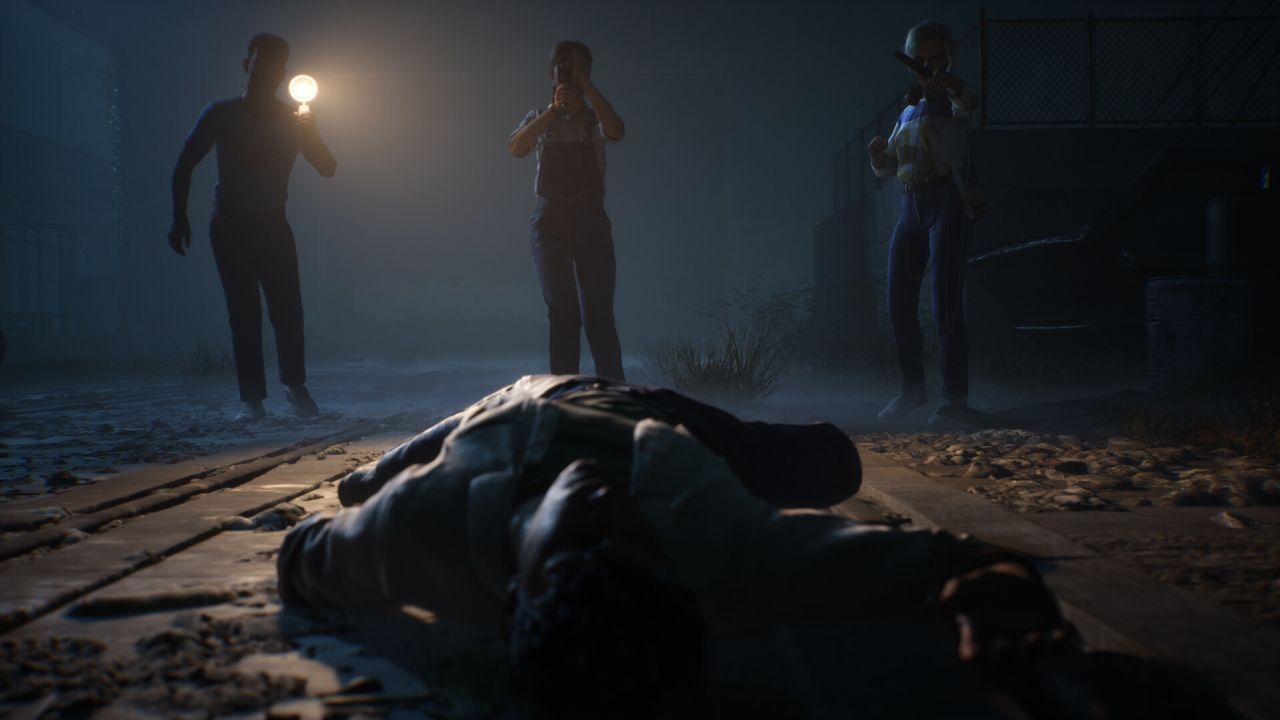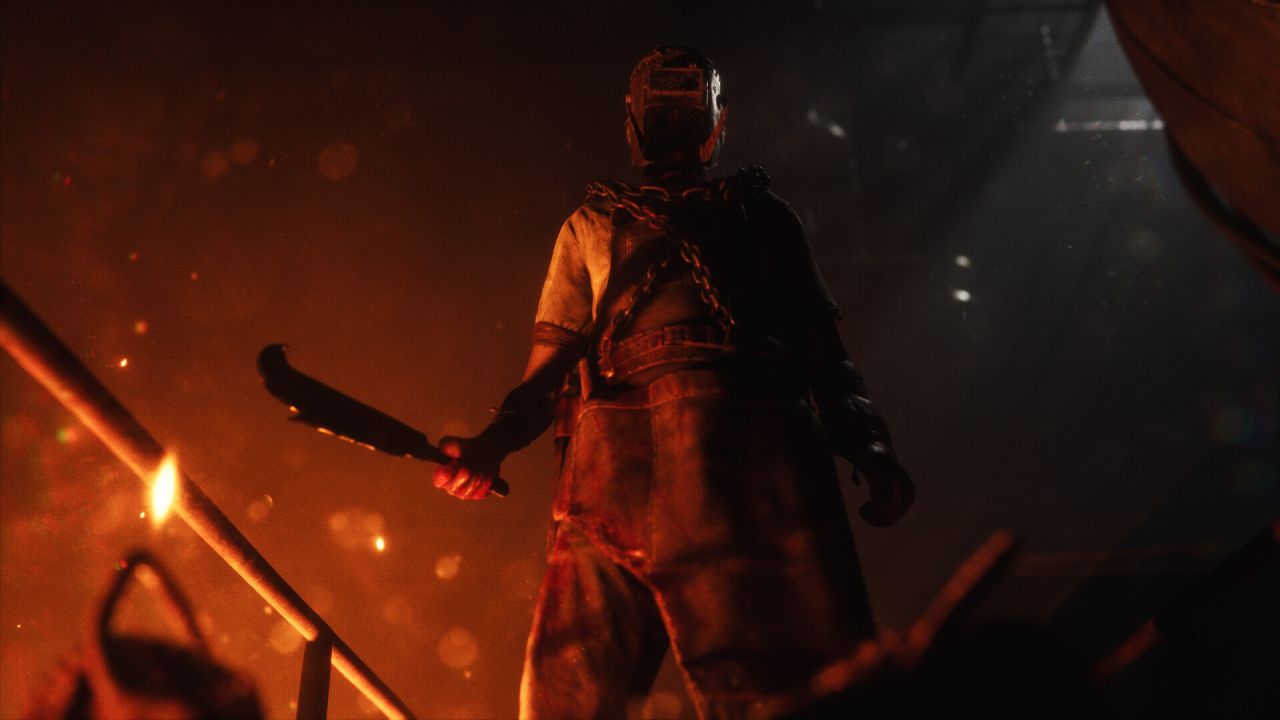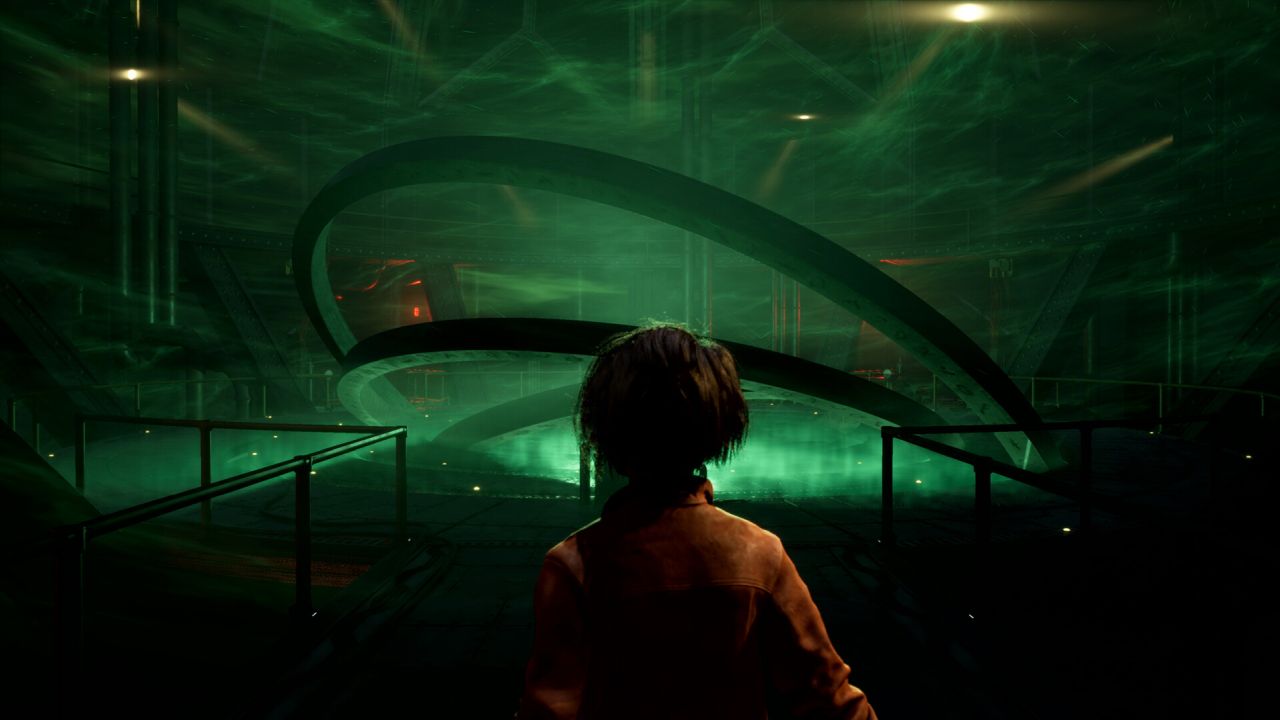The Casting of Frank Stone Review
Some development studios get the opportunity to work on the same genres or franchises for a long time. Sometimes its by choice – they become so proficient at it, there’s no reason to pivot from a successful formula. At other times, it’s at the behest of their publisher that likely owns the studio. For Supermassive Games, it’s the case of the former. Following their breakout horror game adventure Until Dawn, the studio has chosen to chase that success with The Dark Pictures series, and The Quarry, lending their brand of game making to various publishers. Their latest offering is a collaboration with yet another publisher, Behaviour Interactive, with The Casting of Frank Stone.

Although a spinoff title in the Dead by Daylight universe, a live-service multiplayer horror game, The Casting of Frank Stone works fine as a standalone third-person narrative horror adventure. The events kick off in typical Supermassive fashion, with a climactic prologue that takes pace in the town of Cedar Hills during 1963. Following the disappearance of an infant, police officer Sam Green arrives at a closed steel mill, where he encounters the serial killer Frank Stone in person and manages to save the baby and dispatch the suspected serial murderer.
The narrative then jumps to the modern day, where a young woman, Madison, arrives at a mysterious mansion in England, where she meets horror film director Linda, and young financier Stan. Turns out they were all invited to this mansion by the collector Augustine Lieber, who wants a piece of the horror film tape named Murder Mill, that the trio happen to possess fragments of. The trio eventually discovers how they all came into possession of their pieces of the film, that it might be cursed, and begin to second guess why Augustine may want it.
But the majority of the story actually takes place in the 1980s, where a group of teens are trying to make that very film. During this period, the story follows young Linda, as well as her friends at the time. While they shoot most of their film at the very same steel mill where, two decades earlier, Frank Stone was defeated, they do not realize it until later on through a chance discovery. The group then of course chooses to return to the mill to finish their film – despite warnings and protest from police officer Sam who survived the mill encounter all those years ago – in hopes of finding something related to Frank and his victims. When they get more than they bargained for, they must survive their encounters at the mill, while the modern day characters also explore the mansion.

The story follows both the 1980s and the modern day storylines in parallel and it proves to be too much to handle smoothly. While there are valid narrative reasons for why the game chooses to do this, it is just unable to pull it off cohesively. The constant whiplash between the two timelines dilutes the game of tension and as the switches become more frequent towards the end, during the action-packed chapters, it hurts the overall experience.
Though perhaps what hurts the story the most is the lack of scares and edge of your seat moments. At first, the game is far too slow, and nobody in either timeline actually faces any threats or a sense of adventure. It’s only at about halfway through the game do the 1980s teens finally encounter something worth worrying about. Before then, it’s just lots of build up and occasionally slightly spooky areas, but nothing that actually makes you worry – simply having dark rooms and spooky music isn’t enough to create a tense atmosphere when you know there are no actual threats. And there’s also the fact that Frank Stone himself does indeed perish in the prologue, which means the rest of the game actually focuses on his “curse” and his spirit, so to speak, so the game pulls a bit of a Far Cry 4 situation with its titular villain.
These horror games were always at their best where they kept the lines between the real world and the potential supernatural elements blurred. But here, just like House of Ashes, the game decides to unceremoniously jump the shark as soon as the action kicks off at about the halfway point, sucking all the tension out of the experience. It becomes more of a generic third-person action game with horror elements – and a poor one at that – rather than the cinematic narrative adventure that originally made Until Dawn a hit that it was.

The lackluster story pacing and over-the-top twists may remind players of Last Stop. The game would have definitely benefitted from taking some shortcuts to get to the point – but that may have revealed just how thin the adventure is. At an already brisk sub-five hour runtime, cutting the idle chatter that takes up the majority of the first half of the game would have made this $50 experience even shorter.
And it’s not that the chatter is all bad – the actors and dialogue do a decent job for the most part. The main cast deliver their lines well, even though some of the writing fluctuates heavily between enjoyable and relatable to cheesy and clunky. The current-gen visuals that Supermassive utilize creates some believable facial expressions that have a good amount of detail, although the body movements can be a bit stiff.
With an un-engaging story, all that is left in a cinematic narrative adventure such as this is the gameplay, and if you’ve played previous efforts from Supermassive, there are no surprises here. On occasion, you will walk around small spaces, interacting with one or two optional items, picking up collectibles (that now can be revealed with a detective-style pulse ability), and perhaps solving a very easy puzzle. But for the most part, there are long stretches of cinematics and conversations where you don’t even get to make dialogue or action choices. And when you do, they are often binary and lack the subtlety that might make them intriguing. Control transfers between the different characters at random points in the story, and you get to decide what they do and how they speak to others. As usual, there is a simple relationship system that’s easy to manipulate – just be nice to everyone so they don’t leave you for dead when the time comes. And don’t take anyone’s stuff without them knowing.

There is also the usual scattering of quick-time events, both of button-mashing and precision timing variety. But just like the narrative, the majority of interesting and possibly survival-deciding choices and QTE events are stacked into the final third of the game, rendering the rest of the runtime rather dull. The game offers three difficulty settings that can be changed at any point, though again it’s not really a factor until towards the end.
The game can be played with a keyboard/mouse combo, but of course a controller is the most comfortable for games such as this. The performance on PC is mostly stable, though there is noticeable hitching when transitioning between scenes. But during actual gameplay the framerate remained steady. And while, as mentioned, the character close-ups are decent, there is some heavy blurriness of the backgrounds, and the hair and edges of clothing for the characters can also experience extreme smoothing and blemishes.
A feature called the Cutting Room Floor allows you to return to chapter select and play through the story making different choices. It provides a visual guide on the different outcomes and events that can occur in each chapter, and which ones you have yet to experience. As with other games from this developer, the title can also be played in local co-op multiplayer, as you pass the controller between players when the game switches perspective.
The Casting of Frank Stone isn’t an outright bad game, as much as it is a dull one. Supermassive Games have been on a rollercoaster with the quality of their horror experiences, and this is unfortunately a dip. It’s not so much that it is poorly made or riddled with technical issues, but rather a combination of the poorly paced story that’s unable to handle its multiple concurrent timelines, and a lack of horror elements or tension. Without much action until halfway through – in an already short narrative for a relatively high asking price – it makes for a boring adventure. With its themes centering around film making, the title could have used some re-cutting. Fans of Dead by Daylight might squeeze a little bit more blood from this stone, but for most players The Casting of Frank Stone is an unremarkable entry from Supermassive Games and not worth playing during this year’s Halloween.
